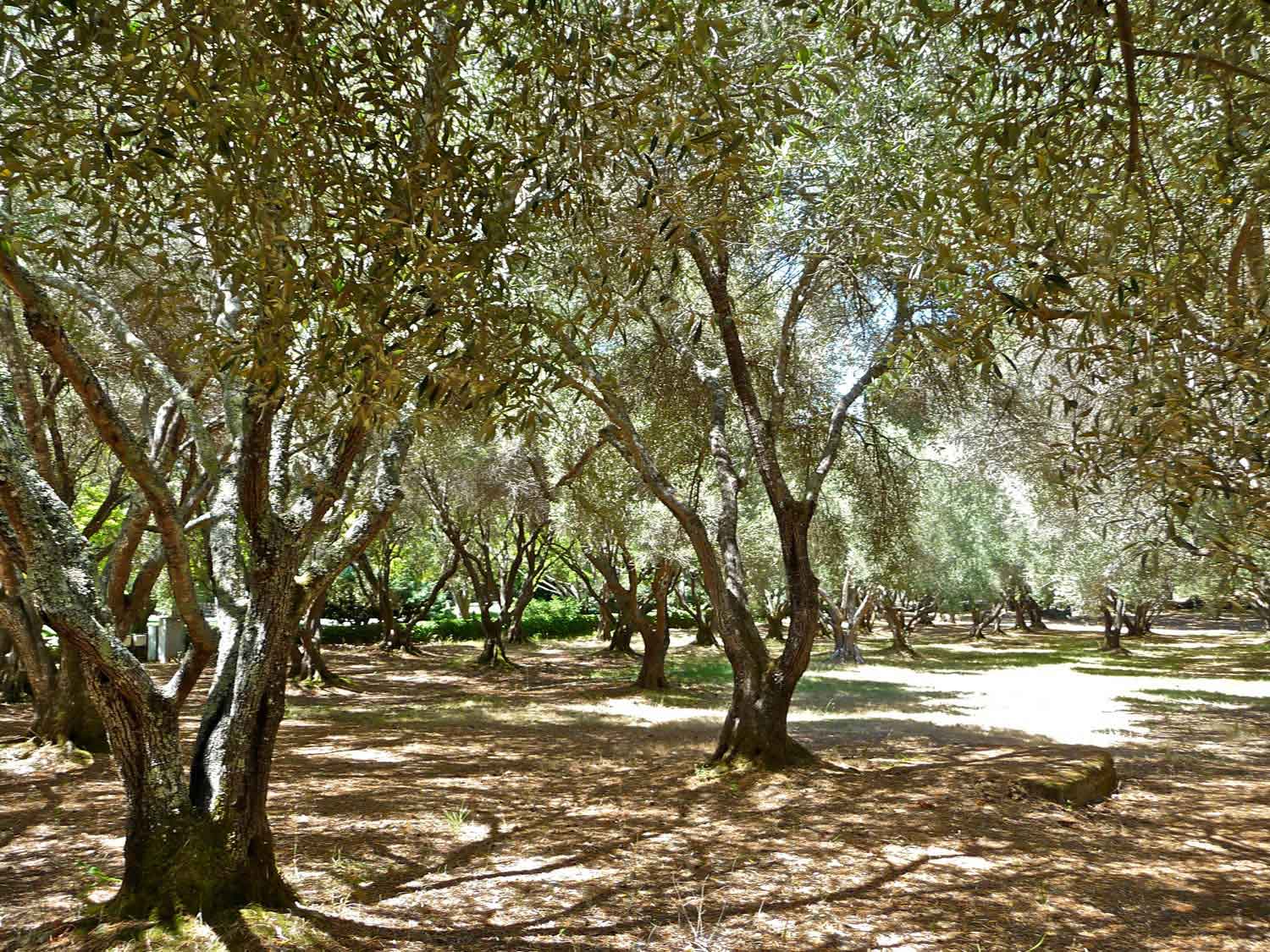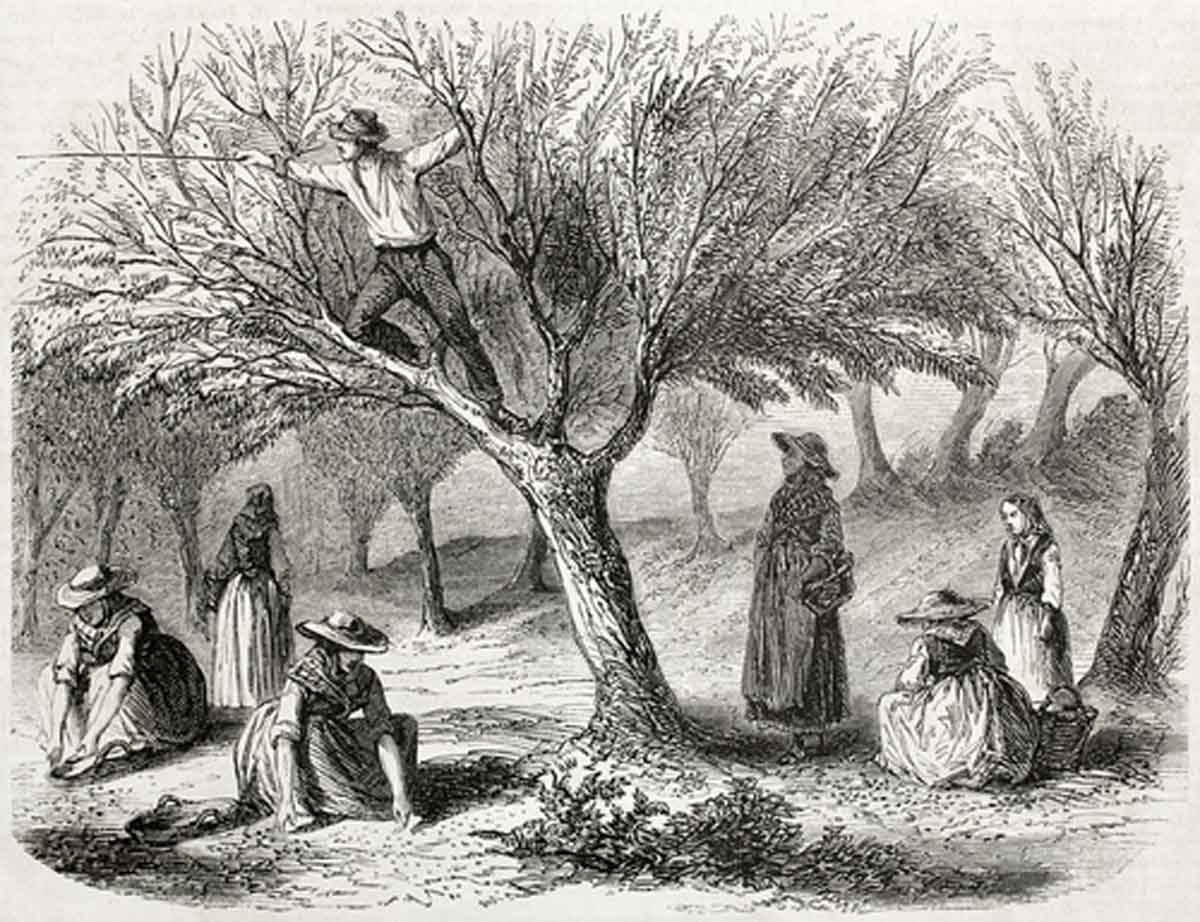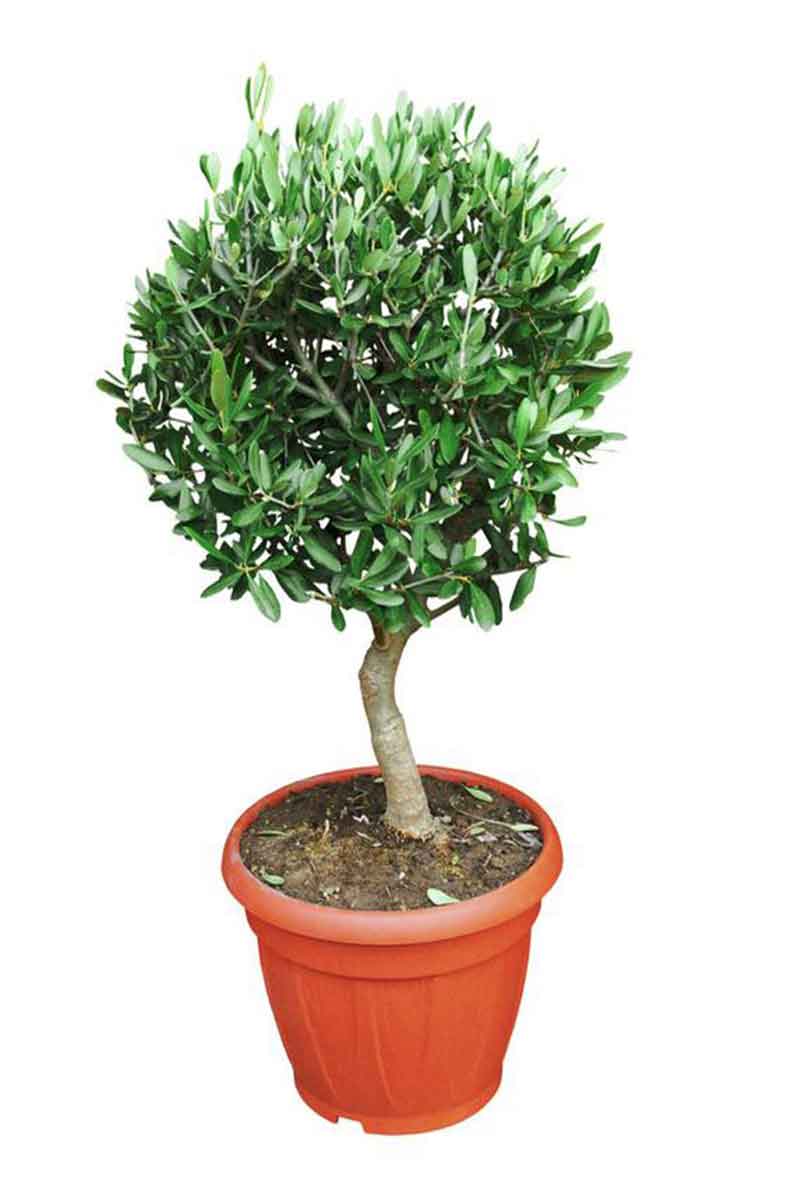|
|
| "When we read the history of the Tree of Life we see that every olive tree have their own destiny as one people. As the owner of these wonderful trees, we understand that we have an unprecedented wealth" |
| The olive trees a symbol of peace, holiness, love, life, knowledge, dignity, honour and justice, a symbol of immortality and resurrection. Olive tree is a symbol of power in the world. The olive tree is one of tree that is found in paradise. One of these trees is a Figs tree real tree", other tree is known as an immortal tree (olive tree). The olive tree is a symbol of immortality. Slowly growing, but not easily die. In perennial trees appear the new shoots at the root, which has continued the life of olive. The olive tree does not require much effort to grow. It is a very viable, live of hundreds and even thousands of years without special care. |
 |
| Olive trees looks like a wise old man. With age, the wise men wrinkles appear, the tree nodes are also emerging that indicate the age of the tree. Wisdom is stored in the heart, the olive tree cruelty of time and nature hides in knots. Sage with age lightens the rays of your surroundings, and the tree branches start to grow up. When the fruits ripen, the branches fall down. |
 |
The olive trees grows in many parts of the world, but the most favorite place is the Mediterranean. Today olives are commercially produced in Spain, Italy, France, Greece, Tunisia, Morocco, Turkey, Portugal, China, Chile, Peru, Brazil, Mexico, Angola, South Africa, Uruguay, Afghanistan, Australia, New Zealand, and California. The Mediterranean area produces 93% of the olive production. According to statistics in 2003, 98% of world production of olives grown in the Mediterranean. Olive trees are friends with the wind, but do not like cold. Olive trees grow in areas with continental climate. |
| The olive tree can live at -7 ° C. But if the air temperature begins to fall below -7 º C, then the tree begins to lose its new shoots, seeds, leaves, twigs and, accordingly, it dies. In cold weather, the tree begins to crack the shell, heavy leaf fall and then break the branches. During frost the tree roots can freeze completely. |
| In this case, required many years to restore the olive tree. Despite the fact that the olive tree does not like the cold, just do not like hot weather and can withstand a maximum temperature of 40 º C. The first time you shoot the temperature must be between 5-10 ° C and it is very important to shoot in these months (February-March). With the rapid decline of the hot temperature and its increase, the product could be harmed. |
| For the olive trees the maximum annual rainfall is 700-800 mm. Rain and irrigation effect on grain growth in the size of the fetus. Olives do not like humidity and it is recommended to plant a tree in the 1-2 km from the sea. In the Mediterranean and Aegean regions can be seen olive groves are very close to the sea. Most importantly, the surface must be moisture permeability. Tree roots must be kept very deeply, so that when watered land remained fertile. As said Coupine olives grow on the meagre ground, but as the plant are very rich. Despite the fact that olives are very selective, they also like open light place, and deep, sandy, moist soil. |
 |
|
|
|

